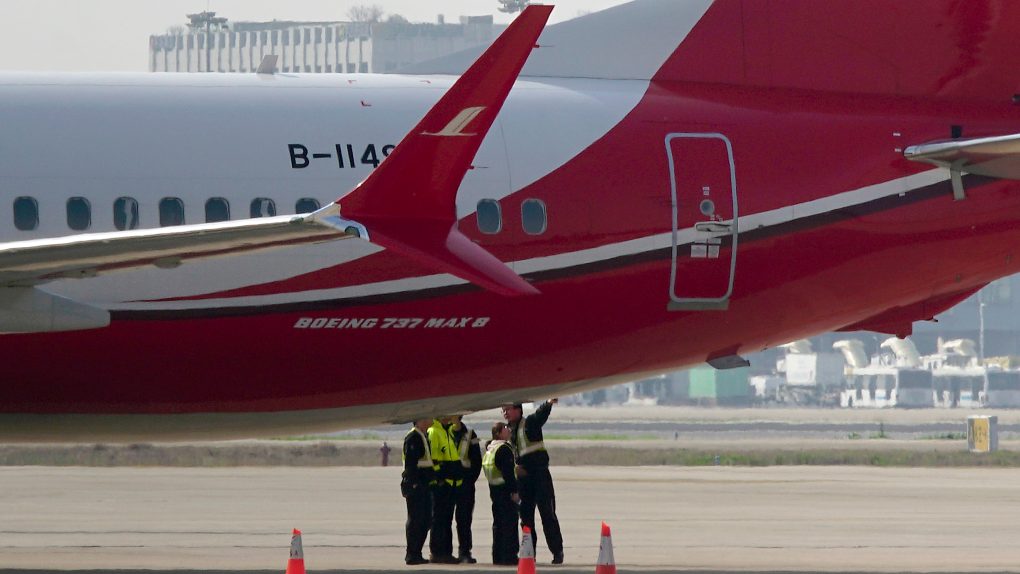Boeing’s 737 Max woes have already been well documented over the past year and a half or so. Airlines around the world were forced to ground every single one of the planes after a pair of fatal crashes in late 2018 and early 2019. It’s not a good situation, and it’s become increasingly clear in recent months that the aircraft has some pretty serious issues that need to be ironed out before it can be allowed back in the skies.
Now a new report from The New York Times reveals that Boeing’s internal communications during the introduction of the 737 Max were sketchy at best. Multiple unnamed individuals appear in chat logs discussing strategies for getting customer airlines to skip 737 Max simulator training for their pilots.
In the archived communications logs, employees openly discuss selling their airline clients on the idea that pilots who already fly the 737 wouldn’t need special training for the 737 Max.
One of the features of the 737 Max was a stall-avoidance system that, on the surface, was designed with safety in mind. Unfortunately, the feature has now been implicated in both of the fatal crashes, and it’s possible (or even likely) that pilots who weren’t trained on how the feature works were left utterly unprepared for how to respond when the system began acting up. Some employees even admit to not wanting their families to fly on the Max aircraft.
Boeing, meanwhile, has issued a statement attempting to cover itself, decrying the internal communications:
Some of these communications relate to the development and qualification of Boeing’s MAX simulators in 2017 and 2018. These communications contain provocative language, and, in certain instances, raise questions about Boeing’s interactions with the FAA in connection with the simulator qualification process.
The company apologized for the content of the internal chat logs, but that doesn’t go a long way toward calming the still-growing concern over the safety of its aircraft.








